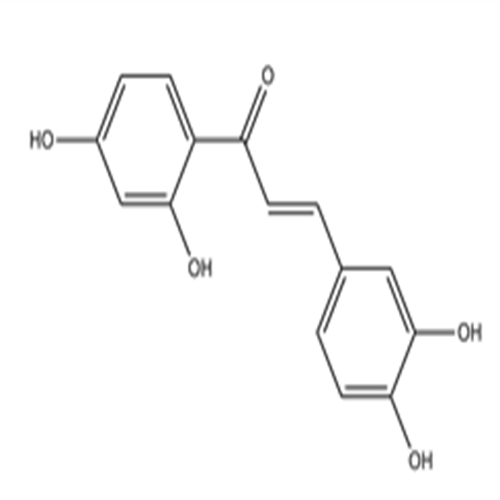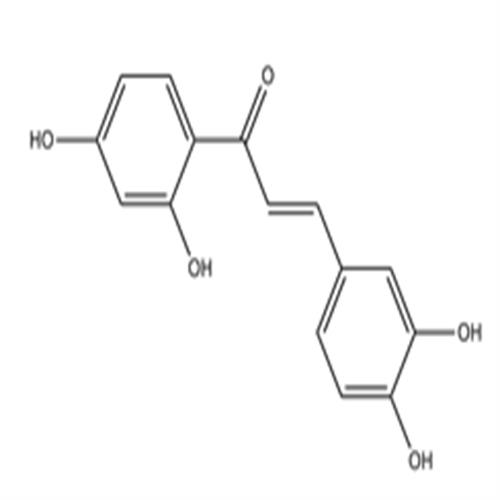Store at -20°C
Butein
487-52-5
487-52-5
询价
1盒
起订
上海 更新日期:2025-03-10
产品详情:
公司简介
上海一研生物科技有限公司Shanghai yiyan bio-technology Co. Ltd.主要从事免疫学、分子生物学和常规生化试剂等为一体的科研产品销售企业,公司自成立以来,秉承""全心全意服务于科研工作者""的企业理念,立足生物科技领域,运用生物技术和科研试剂,发展现代生物科技,为各类大中小医院及其它医疗机构、高等院校、科研院所、企事业单位提供优质的产品,服务生物科技领域的科学研究人员。
公司具有对普通货物、冷藏及冷冻仓库的存储、包装及运输能力。
公司将始终坚持信誉立业、以人为本、质量保证、诚信服务的宗旨,不断拼搏,开拓进取,与各界朋友携手共创美好未来。
| 成立日期 | (11年) |
| 注册资本 | 100 |
| 员工人数 | 50-100人 |
| 年营业额 | ¥ 100万以内 |
| 经营模式 | 工厂,试剂 |
| 主营行业 | 生化试剂,抗体,细胞培养,分子生物学,免疫安全 |
Butein相关厂家报价
-
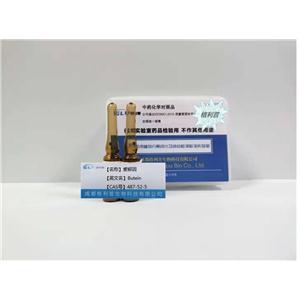
- 紫铆因
- 成都格利普生物科技有限公司 VIP
- 2025-03-10
- ¥500
-
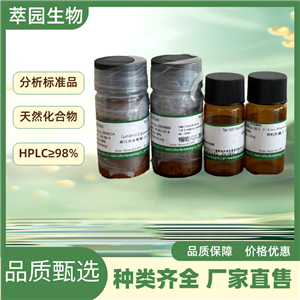
- 紫铆因,487-52-5, 萃园自制中药标准品对照品;实验科研级;≥98%以上
- 湖北萃园生物科技有限公司 VIP
- 2025-03-10
- 询价
-
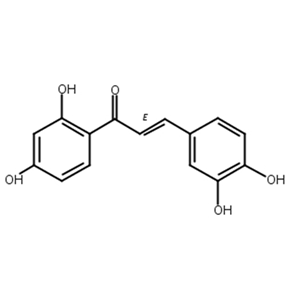
- 紫铆因
- 成都彼样生物科技有限公司 VIP
- 2025-03-06
- 询价
-
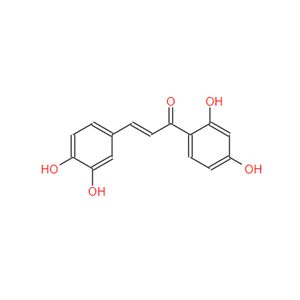
- 487-52-5;紫铆因
- 陕西缔都医药化工有限公司 VIP
- 2025-03-05
- 询价
-
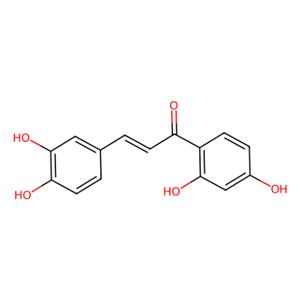
- aladdin 阿拉丁 B135922 紫铆因 487-52-5 ≥98.0%(HPLC)
- 上海阿拉丁生化科技股份有限公司 VIP
- 2025-01-20
- ¥652.90
-

- 紫铆因|T6427
- 上海陶术生物科技有限公司 VIP
- 2024-12-02
- ¥682.00
-
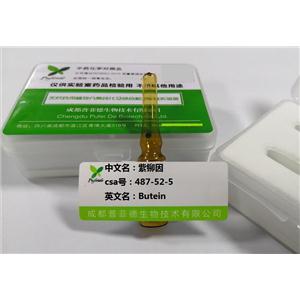
- 紫铆因
- 成都普菲德对照品科技有限公司
- 2023-05-26
- ¥900
-
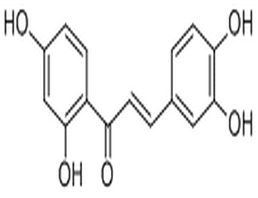
- Butein
- 上海博湖生物科技有限公司
- 2022-09-02
- 询价
-

- 紫铆因|T6427|TargetMol
- 上海陶术生物科技有限公司 VIP
- 2024-12-02
- ¥296

